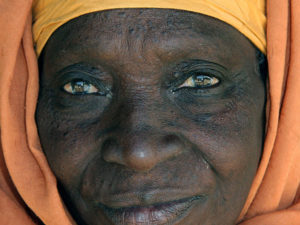Aid Effectiveness in Global Health:The New Role of Donors in the 2030 Agenda

Global health donors should have a new bottom-line: How well health professionals manage programs and deliver healthcare to meet population-based goals
At the time the 2015 agenda is being evaluated, donor organizations should ask themselves these three cardinal questions:
- How effective was our global health program, initiative or portfolio of projects?
- Have we achieved incremental sustainable results? How much?
- How can we take our program, initiative or projects to the next level, and what is the next level?
The answers will determine what donors will fund and help achieve post 2015 goals by 2030. The answers are simple, not too easy, but simple:
First, to be effective by 2030, your program, initiative or projects must contribute to increase the number of health facilities that meet quality standards. If each country replaced or improved 10% of the country’s facilities per year, in 10 years, they would have replaced and improved all existing facilities and started to build more to meet population growth. Otherwise, there will soon be an even greater gap between the need for healthcare, and adequate facilities and staff to deliver care. Coordination and collaboration between donors and governments is the key.
Second, your program, initiative or projects must be designed differently in order to contribute to improve the country’s programs. Everything that your projects do must result in measurable improvements in how every country manages their infectious disease prevention and control programs (STI, HIV/AIDS, TB, malaria, Ebola, etc.), their non-communicable disease prevention and control programs (cancer, diabetes, nutrition, cardiovascular, mental health, etc.), disease prevention programs (such as antenatal care, safe delivery, newborn care, immunizations, adolescent health, etc.), and health service quality improvement and program management functions such Supply Chain Management and Health Management Information, and Health Surveillance Programs.
And third, the bottom-line for your program, initiative or projects, must be to help increase the number of health professionals who are capable of effectively managing programs when performance is population-based and assure that programs meet quality standards in order to deliver the services of the health programs listed above. The existing health workforce must meet quality standards, have job descriptions, be supervised and have effective work routines. They require supplies; not more, not less. Academia needs to start now with training the health professionals of the future with these skills. Medical and nursing schools cannot train health professionals as if it were the year 2000. When health professionals have the tools to perform, work in acceptable working conditions, and are responsible to meeting the needs of certain number in the population, they will be able to self-monitor their performance and sustain improvements brought on by donor funded interventions.
I invite you to sign up for the free RGH webinar entitled “Aid Effectiveness in Global Health: Getting Back to Basics in Global Health”.
Stay in touch with RGH through our weekly email updates, or our weekly video series.


